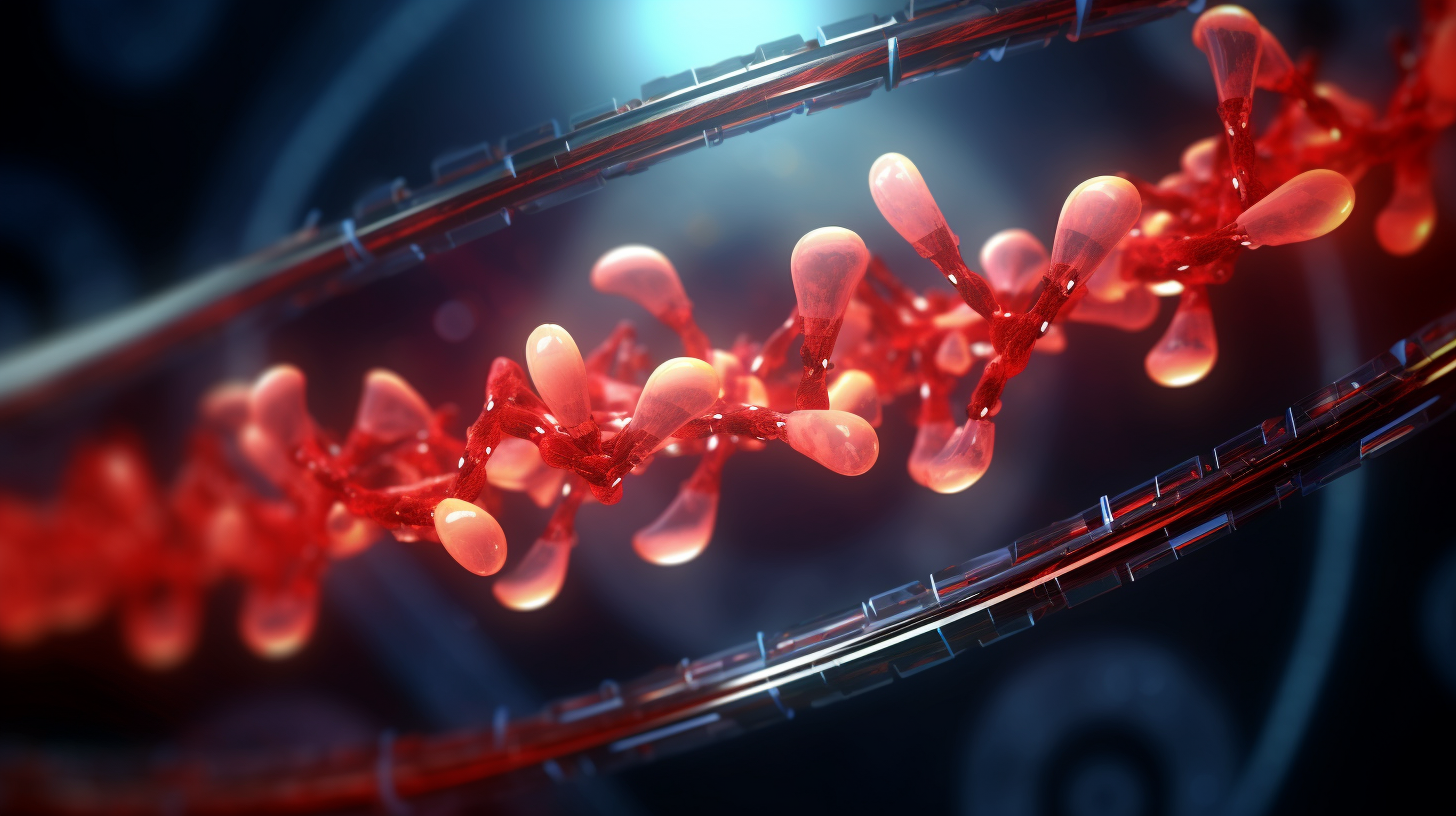In the realm of genetic disorders, sickle cell disease has long been a formidable adversary. However, the advent of CRISPR, a revolutionary gene-editing tool, has brought a glimmer of hope to those affected by this debilitating condition.
The Promise of CRISPR
CRISPR, or Clustered Regularly Interspaced Short Palindromic Repeats, is a groundbreaking technology that allows scientists to edit genes with unprecedented precision. It’s akin to a molecular scalpel, capable of cutting and pasting DNA sequences to correct genetic errors.
In the context of sickle cell disease, CRISPR holds immense potential. The disease is caused by a single mutation in the HBB gene, which results in the production of abnormal hemoglobin, the protein that carries oxygen in red blood cells. This abnormal hemoglobin causes the cells to assume a sickle shape, leading to a host of health complications.
With CRISPR, scientists can correct this mutation, effectively curing the disease at its genetic root. This is a significant departure from current treatments, which only manage symptoms and complications but do not address the underlying genetic cause.
The Road Ahead
While the potential of CRISPR is undeniable, it’s important to note that the technology is still in its early stages. Clinical trials are underway to assess the safety and efficacy of CRISPR-based treatments for sickle cell disease.
The journey to a cure is fraught with challenges, but the promise of CRISPR offers a beacon of hope. As we continue to refine this technology, we move closer to a future where sickle cell disease can be effectively treated, and perhaps even eradicated.
Frequently Asked Questions
What is CRISPR?
CRISPR stands for Clustered Regularly Interspaced Short Palindromic Repeats. It’s a gene-editing tool that allows scientists to modify DNA sequences and gene function.
What is Sickle Cell Disease?
Sickle cell disease is a group of inherited red blood cell disorders. People with this disease have abnormal hemoglobin, called hemoglobin S or sickle hemoglobin, in their red blood cells.
How can CRISPR treat Sickle Cell Disease?
CRISPR can be used to correct the genetic mutation that causes sickle cell disease. This involves replacing the mutated gene with a healthy version, effectively curing the disease at its genetic root.
Glossary of Terms
– CRISPR: A revolutionary gene-editing tool that allows scientists to modify DNA sequences and gene function.
– Sickle Cell Disease: A group of inherited red blood cell disorders caused by a mutation in the HBB gene.
– Hemoglobin: A protein in red blood cells that carries oxygen.
– HBB Gene: The gene responsible for producing beta-globin, one of the components of hemoglobin. A mutation in this gene causes sickle cell disease.
– Gene Mutation: A permanent alteration in the DNA sequence that makes up a gene.
– Clinical Trials: Research studies performed in people that are aimed at evaluating a medical, surgical, or behavioral intervention.



